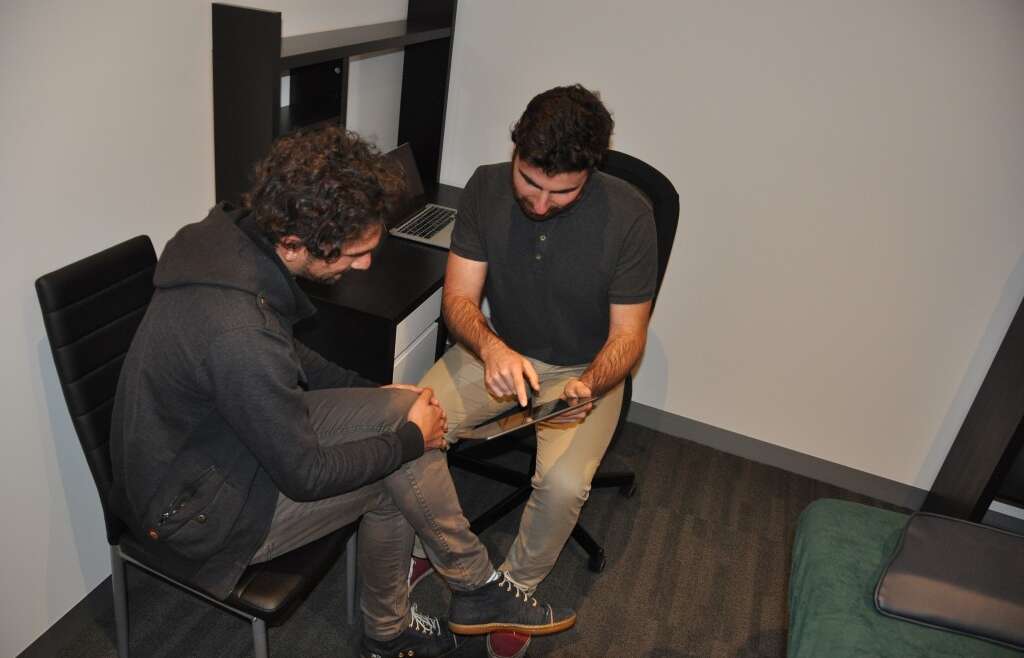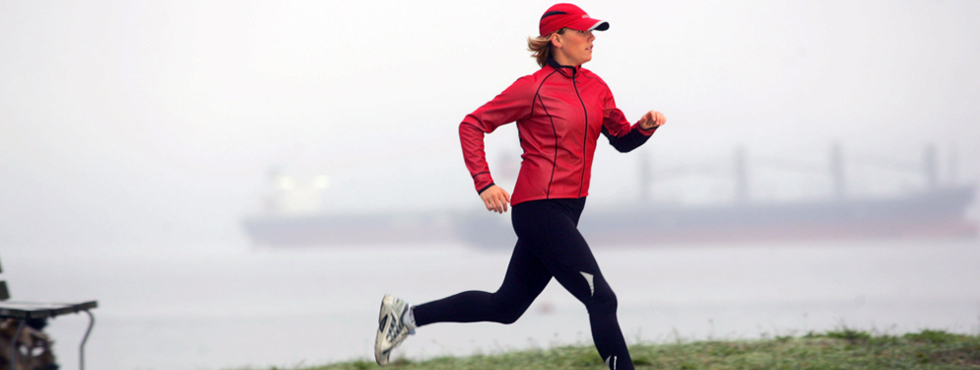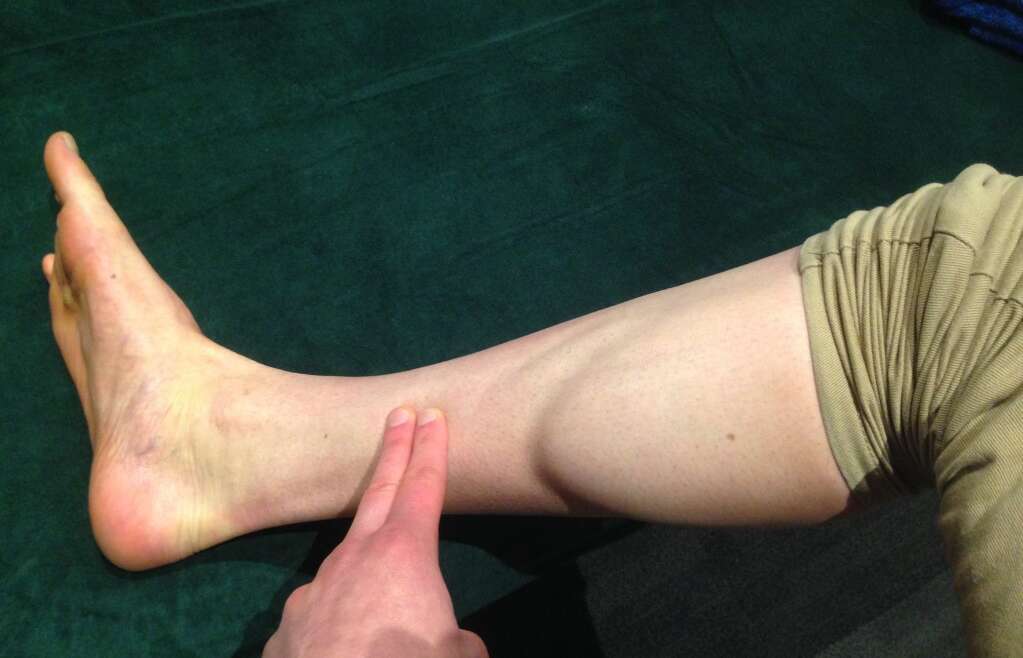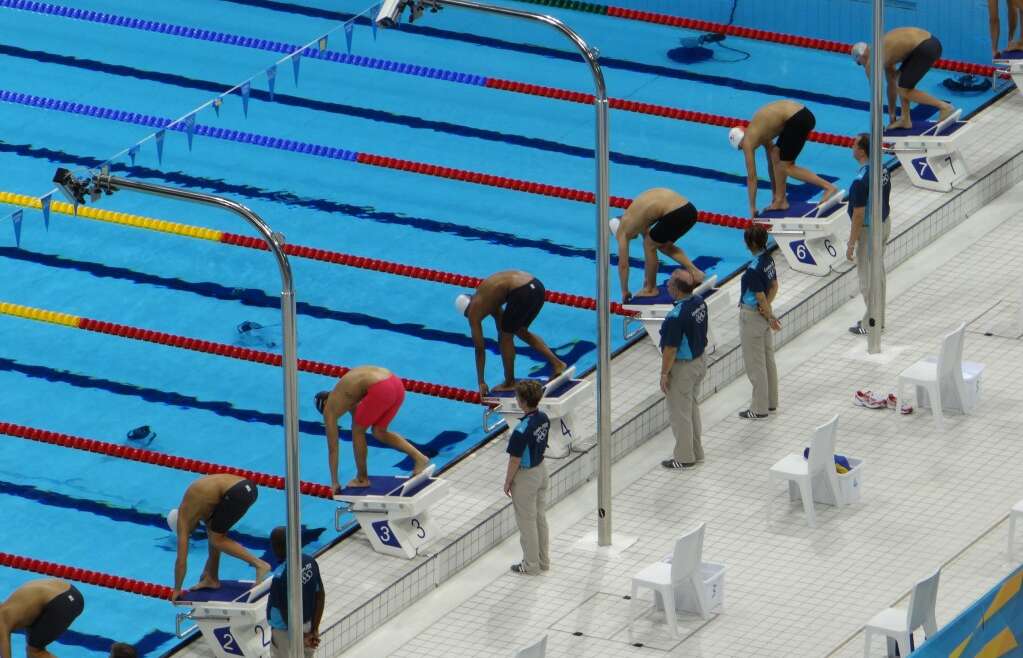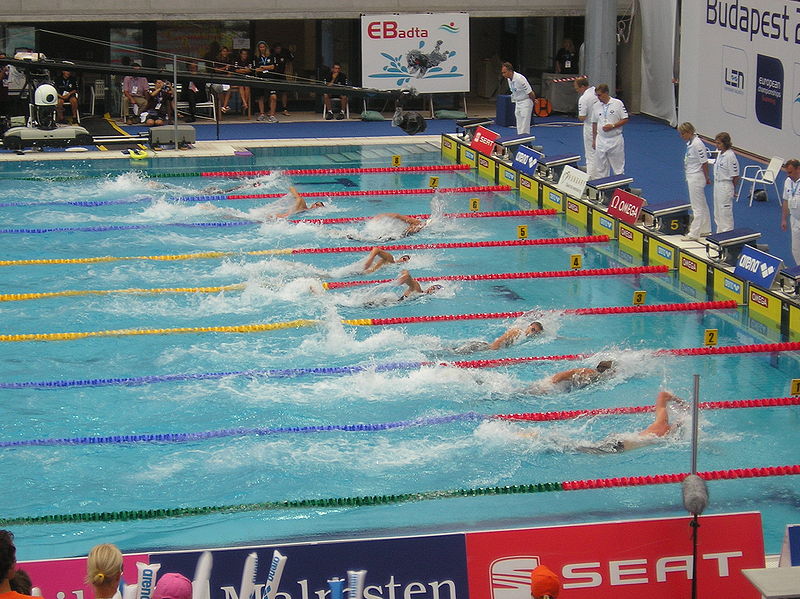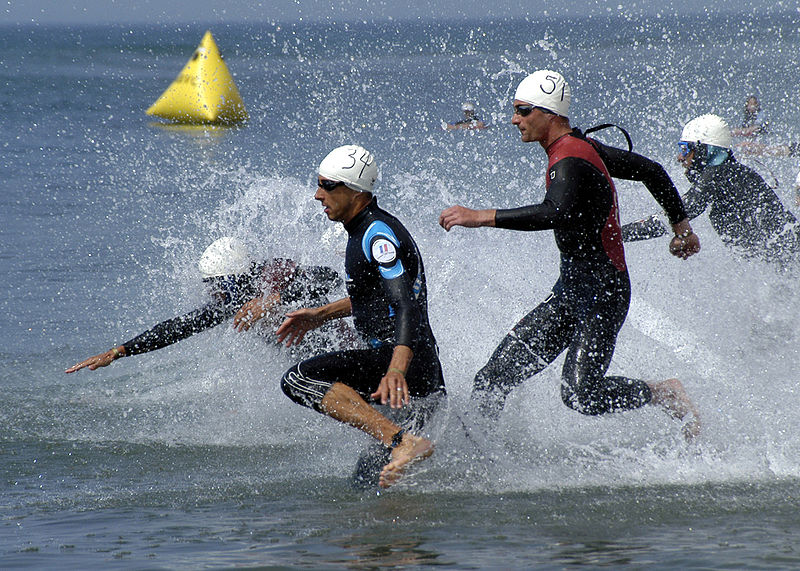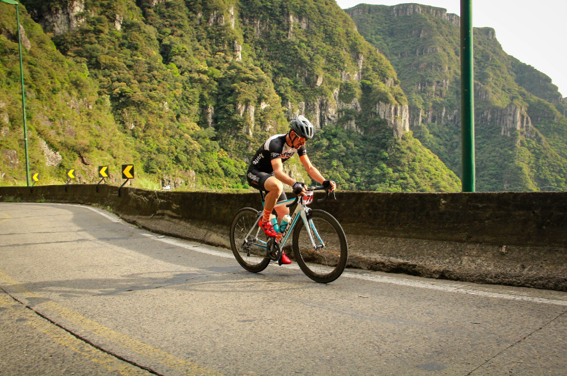Osteopathy is a system of therapy that focuses on all the contributing factors related to an injury. It incorporates a wide variety of both passive and active treatment techniques, along with rehabilitation, ergonomic advice and aftercare. For someone who has not seen an Osteopath,
